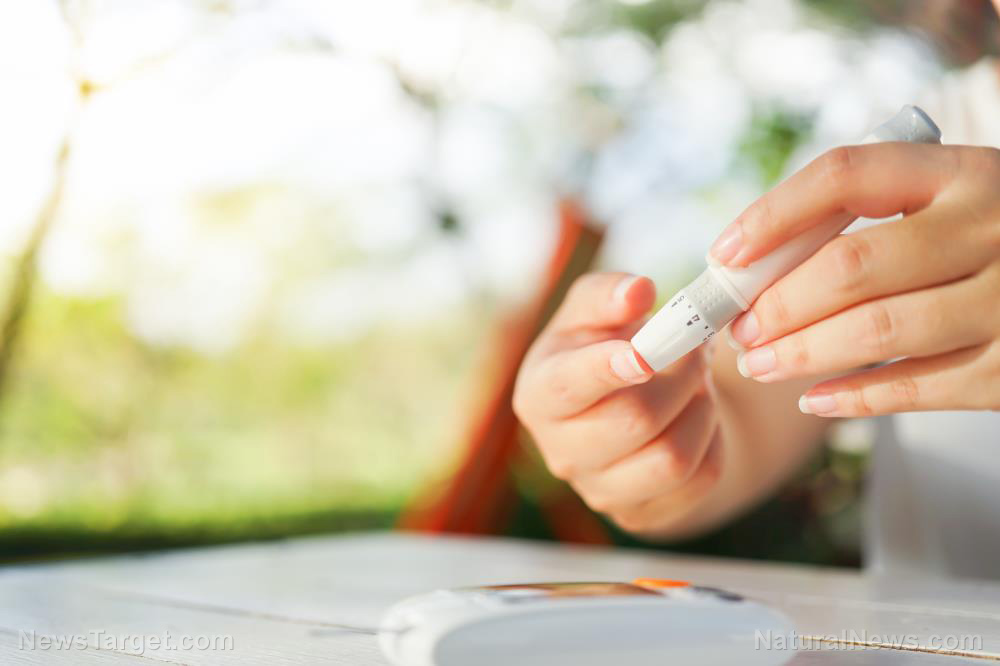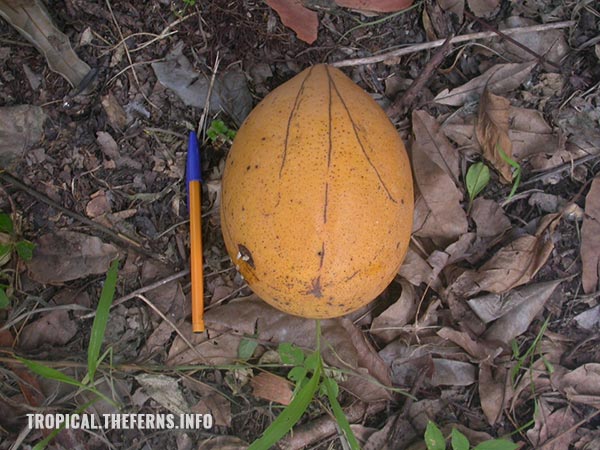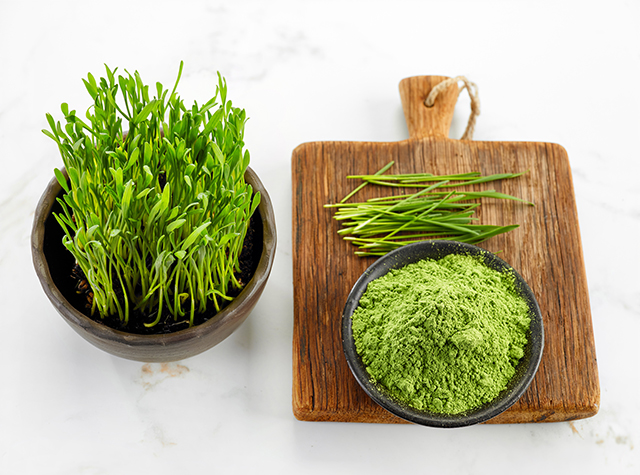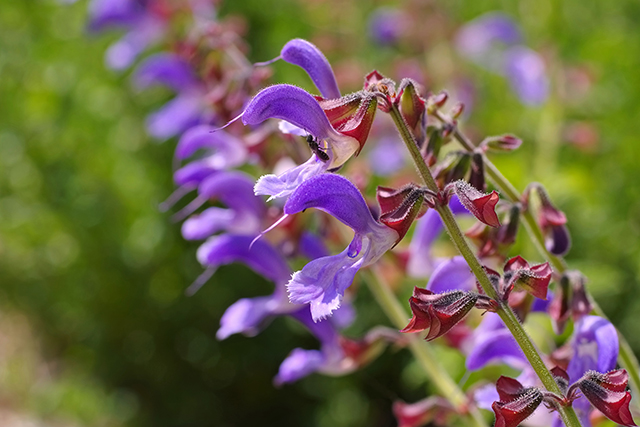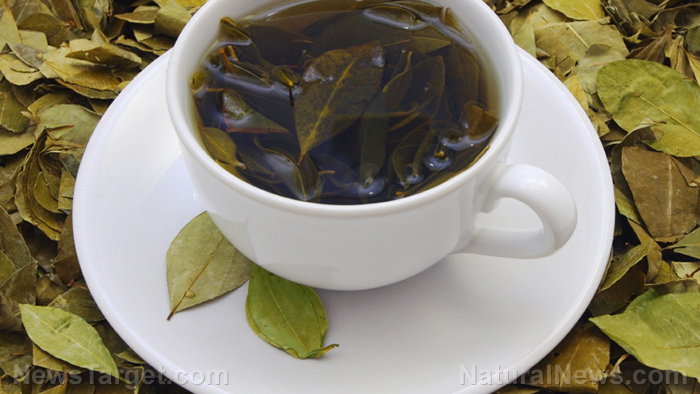
Diabetes, which is a condition characterized by high blood sugar levels, affects more than 387 million people worldwide. This statistic is very worrisome since diabetes can pave the way for other chronic conditions and degenerative diseases. Fortunately, many treatments can be utilized to prevent these complications from happening. Among these are acarbose and miglitol, which are compounds that inhibit alpha-glucosidase activity. By doing so, they effectively reduce blood sugar levels since alpha-glucosidase is an enzyme involved in breaking down carbohydrates to glucose. Other forms of treatment may include antioxidants that neutralize free radicals, which can induce cell damage and cell death associated with diabetes complications.
Recently, there has been an increase in the number of people opting for natural remedies instead of conventional medications which have been exposed to have adverse side effects. The tea plant, which produces green, black, oolong, and white tea, is one of the natural antidiabetic treatments that people use. Moreover, this plant also exhibits other benefits like boosting the immune system, reducing cancer risk, and improving blood flow. These are due to the presence of phytochemicals, which include flavonols, methylxanthine alkaloids, and polysaccharides. Aside from the tea plant, Surinam cherries are also known to have antidiabetic activity, which is possibly attributed to the presence of tannins, oenothein B, gallocatechin, and myricitrin. Although previous studies have already established the effects of these natural products on diabetes, there are no reports regarding potential synergistic effects when used together.
In this study, the researchers looked at the effects of combining tea plant and Surinam cherry extracts on in vitro alpha-glucosidase activity as well as the number of peroxyl radicals present. For alpha-glucosidase inhibition, they observed a five percent reduction in the dose needed to prevent 50 percent of the enzyme activity from when they are used separately. Moreover, the necessary dose was also lower than the concentration required for acarbose, which was used as a positive control. Meanwhile, peroxyl radicals, which indicate the degree of lipid peroxidation, were also inhibited at a higher degree compared to the individual effects of the tea plant and Surinam cherry extracts. These results prove that the two natural remedies are synergistic with each other.
The authors also identified the phytochemicals present in the extracts from tea plant and Surinam cherry to determine if these are potentially responsible for the observed biological activities in the study. The results showed an abundance of phenolic compounds, carotenoids, and chlorophylls, which were all higher in tea plant than in Surinam cherry. When these two extracts are combined, so do the phytochemicals that they contain, which is possibly the reason for their synergistic effects.
Overall, the results of this study show that Surinam cherry and tea plant have increased activity against alpha-glucosidase and peroxyl radicals when used together due to the union of their phytochemical content. (Related: Green tea shown to block carbohydrate breakdown to prevent blood glucose spikes.)
More about Surinam cherries
Surinam cherries, which are abundantly found in Brazil, are different from the cherries that you commonly see on top of your ice cream. Although they are also red and round, it appears to have segments similar to those that oranges have under their peels. These fruits are rich in nutrients like vitamins A and D, phosphorus, calcium, and iron as well as other bioactive compounds, including lycopene, beta-cryptoxanthin, and rubixanthin. Because of these compounds, eating Surinam cherries contributes many health benefits, which include the following:
- Preventing tumor growth and formation
- Reducing inflammation
- Boosting the immune system
- Improving gastrointestinal health
Visit DiabetesCure.news for more articles about natural diabetes remedies.
Sources include:
Please contact us for more information.
















